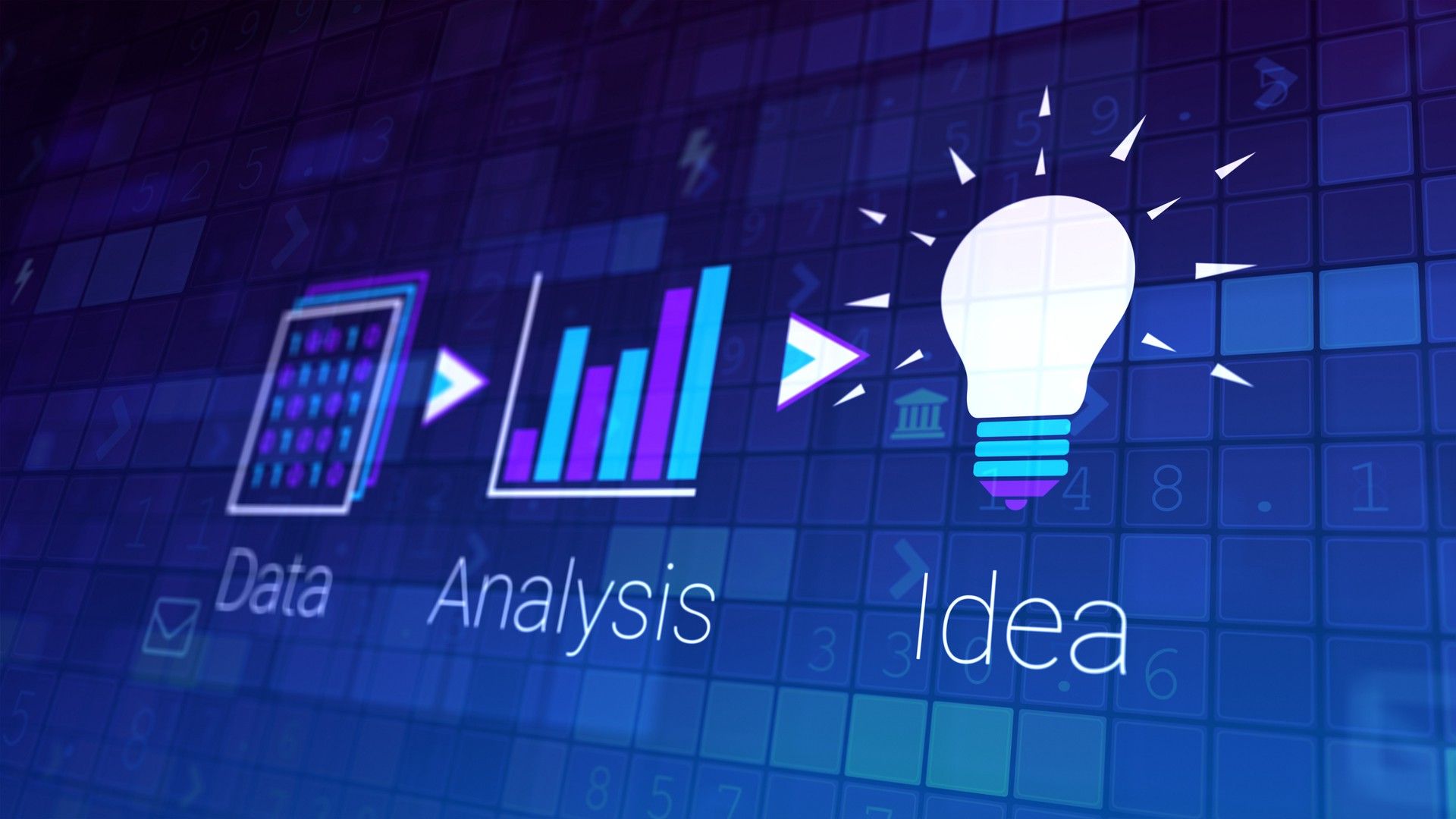Unlocking the Secrets: Mastering Dissertation Data Analysis
Are you ready to embark on the exhilarating journey of dissertation data analysis? Your dissertations and capstones hold a wealth of information just waiting to be unlocked! As you delve into this realm, it is essential to understand the significance of mastering the art of data analysis. This process plays a pivotal role in shaping the outcomes of your research, enabling you to derive meaningful insights and draw conclusions that contribute to the existing body of knowledge.
Dissertation data analysis is a multidimensional task that goes beyond mere crunching of numbers. It encompasses a series of techniques and approaches aimed at making sense of the vast amounts of data you have collected. Whether your research involves surveys, interviews, experiments, or documented analysis, the data you gather holds the power to illuminate your findings and substantiate your arguments.
To truly master dissertation data analysis, you need to adopt a systematic and meticulous approach. This begins with familiarizing yourself with the various methods and tools available, such as statistical software, qualitative analysis software, and coding frameworks. Moreover, understanding the principles of data cleaning and manipulation is crucial to ensure the accuracy and integrity of your analysis. By employing appropriate analytical techniques and strategies, you can confidently transform raw data into valuable insights, giving your research a solid foundation.
In this article, we will explore the intricacies of dissertation data analysis, unraveling its secrets to equip you with the knowledge and skills necessary to navigate this intricate process. We will delve into both quantitative and qualitative data analysis methods, highlighting their strengths and providing guidance on when to use them. Additionally, we will address common challenges faced during data analysis and offer practical tips to overcome them, empowering you to tackle even the most complex data sets with confidence.
So, if you are ready to unlock the secrets and master the art of dissertation data analysis, fasten your seatbelt and let’s embark on this enlightening journey together!
Choosing the Methodology
When it comes to dissertation data analysis, selecting the appropriate methodology is crucial. The chosen methodology will serve as the foundation for the data analysis process, shaping the way in which you explore, interpret, and draw conclusions from your data. In this section, we will discuss three key factors to consider when choosing a methodology for your dissertations and capstones.
-
Research Goals: Before settling on a particular methodology, it is important to clearly define your research goals. Consider the type of data you have collected and the specific questions you aim to answer. Are you looking to explore patterns and relationships, describe trends, compare groups, or test hypotheses? By aligning your methodology with your research goals, you can ensure that your data analysis approach is targeted and effective.
-
Data Types: The nature of your data will also heavily influence your choice of methodology. Quantitative data, such as numerical measurements, can be analyzed using statistical techniques, allowing for precise measurement and comparison. On the other hand, qualitative data, such as interviews or open-ended responses, may require a more interpretive and in-depth analysis approach. Understanding the characteristics of your data will guide you in selecting the most appropriate methodology to extract meaningful insights.
-
Available Resources: Consider the resources at your disposal, including time, expertise, and access to relevant software or tools. Some methodologies may require advanced knowledge or specialized software, while others can be executed with readily available resources. It is important to choose a methodology that aligns with your skillset and resources, enabling you to carry out the analysis efficiently and effectively.

By carefully considering your research goals, data type, and available resources, you can make an informed decision when selecting the methodology for your dissertation data analysis. Remember, the chosen methodology should align with your research objectives and provide you with the means to extract valuable insights from your data.
Collecting and Organizing Data
The first step in mastering dissertation data analysis is collecting and organizing the necessary data. This process involves gathering relevant information from various sources such as surveys, interviews, or existing databases. It is crucial to ensure the data collected is reliable and accurate for a comprehensive analysis.
Once the data is collected, it needs to be organized in a systematic and structured manner. This includes categorizing the information into relevant sections, creating data tables or spreadsheets, and using appropriate labels or codes for easy reference. Organizing the data effectively enables researchers to navigate through the information seamlessly and identify key patterns or trends.
Moreover, it is important to maintain consistency and uniformity in the organization of the data. This entails establishing a clear format and adhering to it throughout the analysis process. Consistency in data organization not only aids in the interpretation of results but also facilitates future research or replication of the study.
By carefully collecting and organizing data, researchers lay the foundation for successful dissertation data analysis. This initial step ensures that the data is easily accessible, manageable, and ready for further examination and interpretation in subsequent stages of the research.
Interpreting and Presenting Results
In the final stage of dissertation data analysis, the focus shifts to interpreting and presenting the results obtained from the analysis. This critical step involves making sense of the data and drawing meaningful conclusions that contribute to the existing body of knowledge. By effectively conveying the findings, researchers can showcase the significance and implications of their work.
To begin the interpretation process, researchers carefully examine the statistical outputs and identify patterns or trends within the data. This involves analyzing the relationships between variables, assessing the significance of findings, and drawing conclusions based on the evidence presented. It is essential to approach the results with a critical mindset, considering any limitations or potential biases that may have influenced the outcomes.
Once the results have been interpreted, researchers can begin the task of presenting their findings in a clear and concise manner. Visualization tools such as graphs, charts, and tables are often employed to demonstrate key patterns or trends. These visuals not only enhance the understanding of the data but also make it easier for readers to grasp complex information at a glance.
Furthermore, it is crucial to provide a detailed explanation of the findings in a written format. Researchers may choose to use descriptive or inferential statistics to summarize the results and highlight key points. Additionally, the significance of the findings should be discussed, addressing how they contribute to the existing knowledge and literature in the field.
In conclusion, interpreting and presenting the results of dissertation data analysis is a crucial step in the research process. By carefully analyzing the data, drawing meaningful conclusions, and effectively conveying the findings, researchers can make a valuable contribution to their field of study.
